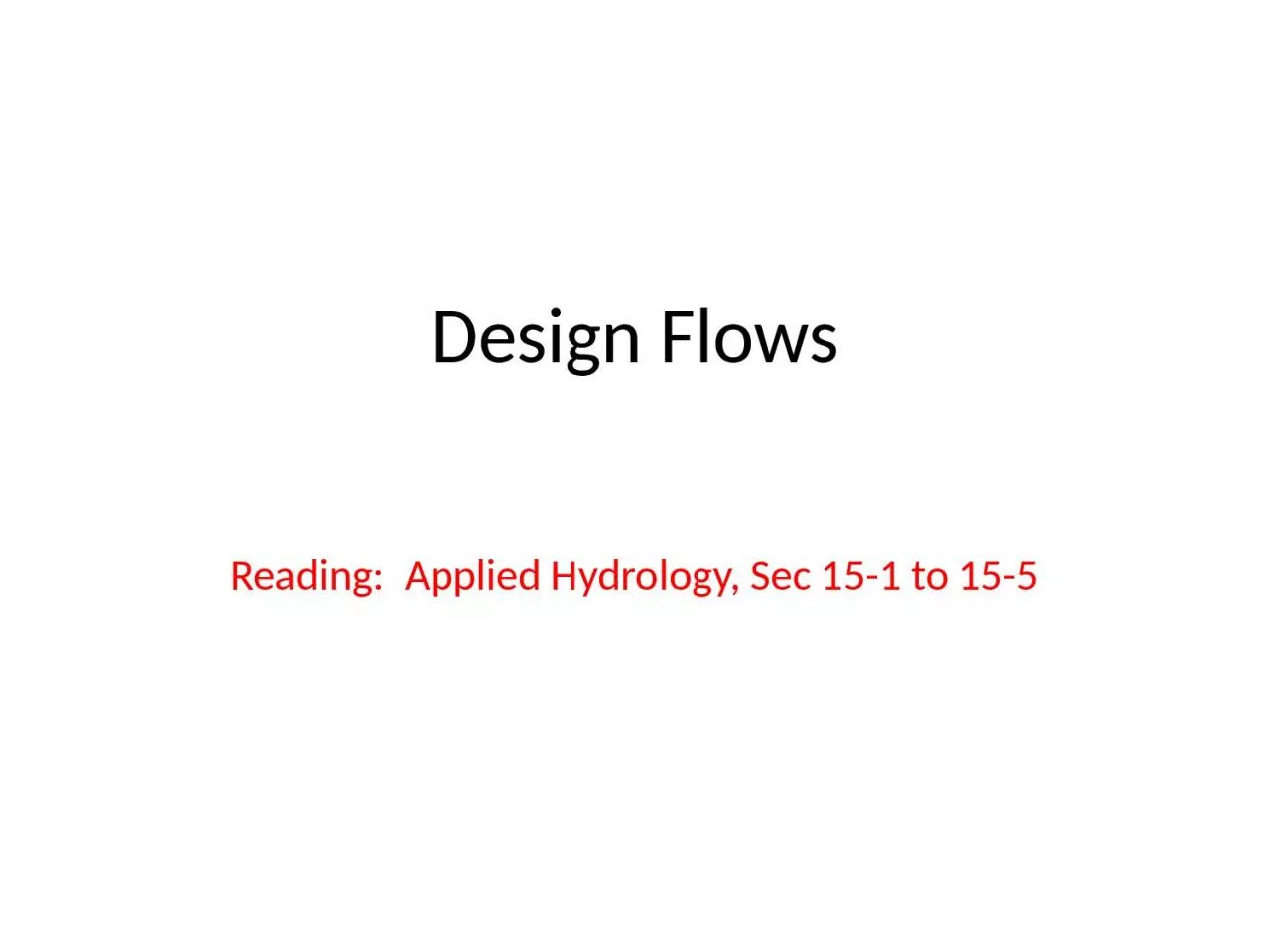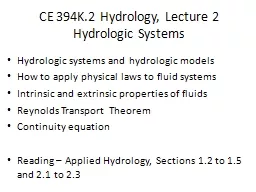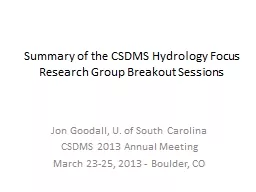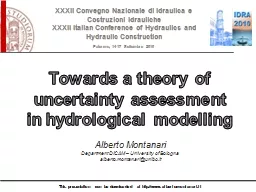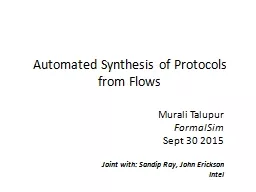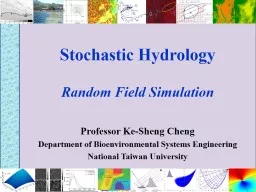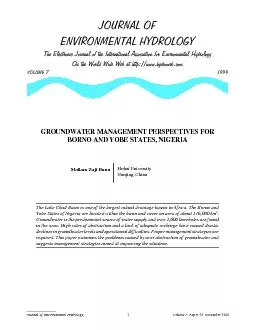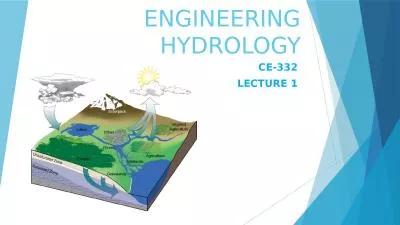PPT-Design Flows Reading: Applied Hydrology, Sec 15-1 to
Author : carny | Published Date : 2023-09-22
155 2 Hydrologic design For water control Mitigation of adverse effects of high flows or floods Design flows for conveyance structures storm sewers drainage channels
Presentation Embed Code
Download Presentation
Download Presentation The PPT/PDF document "Design Flows Reading: Applied Hydrology..." is the property of its rightful owner. Permission is granted to download and print the materials on this website for personal, non-commercial use only, and to display it on your personal computer provided you do not modify the materials and that you retain all copyright notices contained in the materials. By downloading content from our website, you accept the terms of this agreement.
Design Flows Reading: Applied Hydrology, Sec 15-1 to: Transcript
Download Rules Of Document
"Design Flows Reading: Applied Hydrology, Sec 15-1 to"The content belongs to its owner. You may download and print it for personal use, without modification, and keep all copyright notices. By downloading, you agree to these terms.
Related Documents

